Nothing beats the rising of an orange yolk over the horizon of the great Safari plains. Craving something up-close and personal with one of the world’s greatest animals? Head to the Safari to get a glimpse of these amazing beasts, their bursts of power, great stamina, and majestic outlook will awe you in your jeep. Feel the rush of your adrenaline when seeing one of the world’s deadliest predators in front of you, just a few feet away. Be amazed at the thundering hooves of a herd of Buffalos, and try your best to spot the Leopard with his elusive nature. The African Safari could be where you feel most alive; every corner of this place is buzzing with life! Here are 11 safari animals you may or may not encounter, at a safe distance, of course!
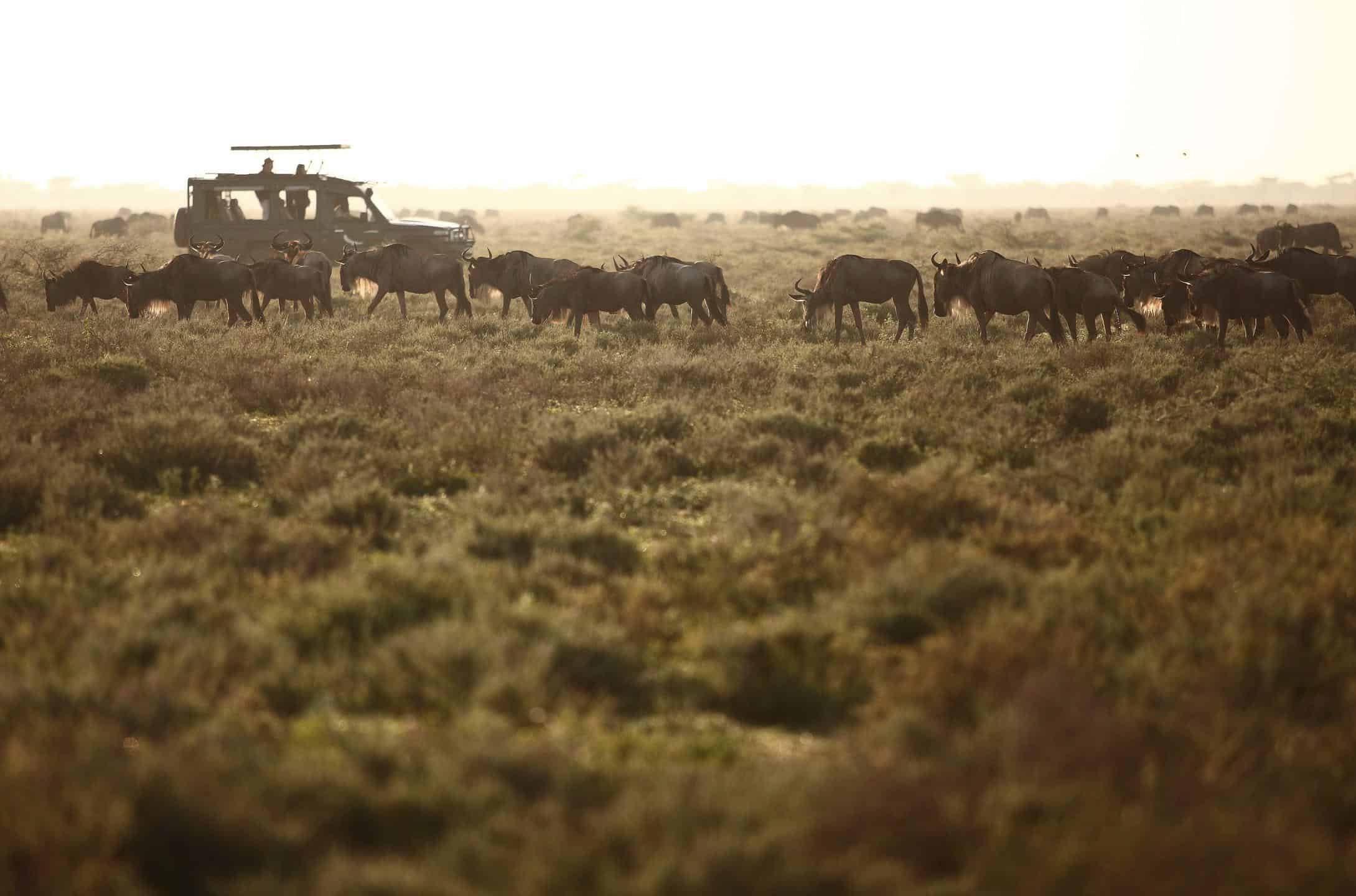
The Notorious BIG 5
The big 5 are the most famous and more dangerous animals on the Safari. Curious to know why? Let’s have a look:

1. The African Lion
Ready to visit Simba? We’re not just poking fun at the classic broadway show, “Simba” actually means Lion in the African language Swahili. Majestic, sometimes a bit lazy, the head of the pride is often lying in the sun when his pride hunts for him. It might also be one of the reasons why the lions are the only cats that live in groups. Under that grungy mane, is a big cat that has a killer jaw and sharp teeth. There is a reason he is called the king of the Safari.
Spotted in: Botswana, Tanzania, Zimbabwe, Kenya, Zambia and South Africa
Spotted during: Any time of the year
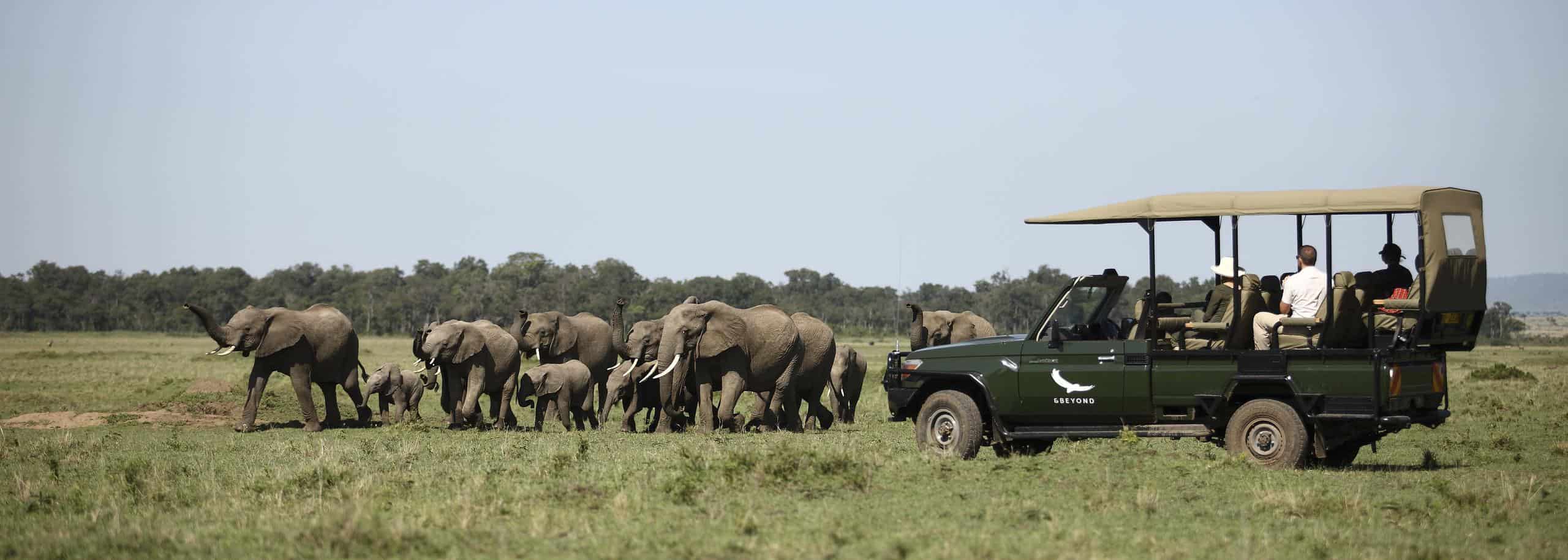
2. The African Elephant
You think you’ve seen enough elephants in Thailand? Think again, these African elephants can grow up to 4 metres tall and weigh up to 2.5 tonnes. The largest land animal on Earth, it is second to none when it comes to size and appetite, even its name “Elephant” actually means “huge Arch” in Latin. Poaching is a serious issue for these endangered species, though intelligent and sensitive, their ivories make them constant targets.
Spotted in: Botswana, Tanzania, Zimbabwe, Kenya, Zambia and South Africa
Spotted during: Any time of the year
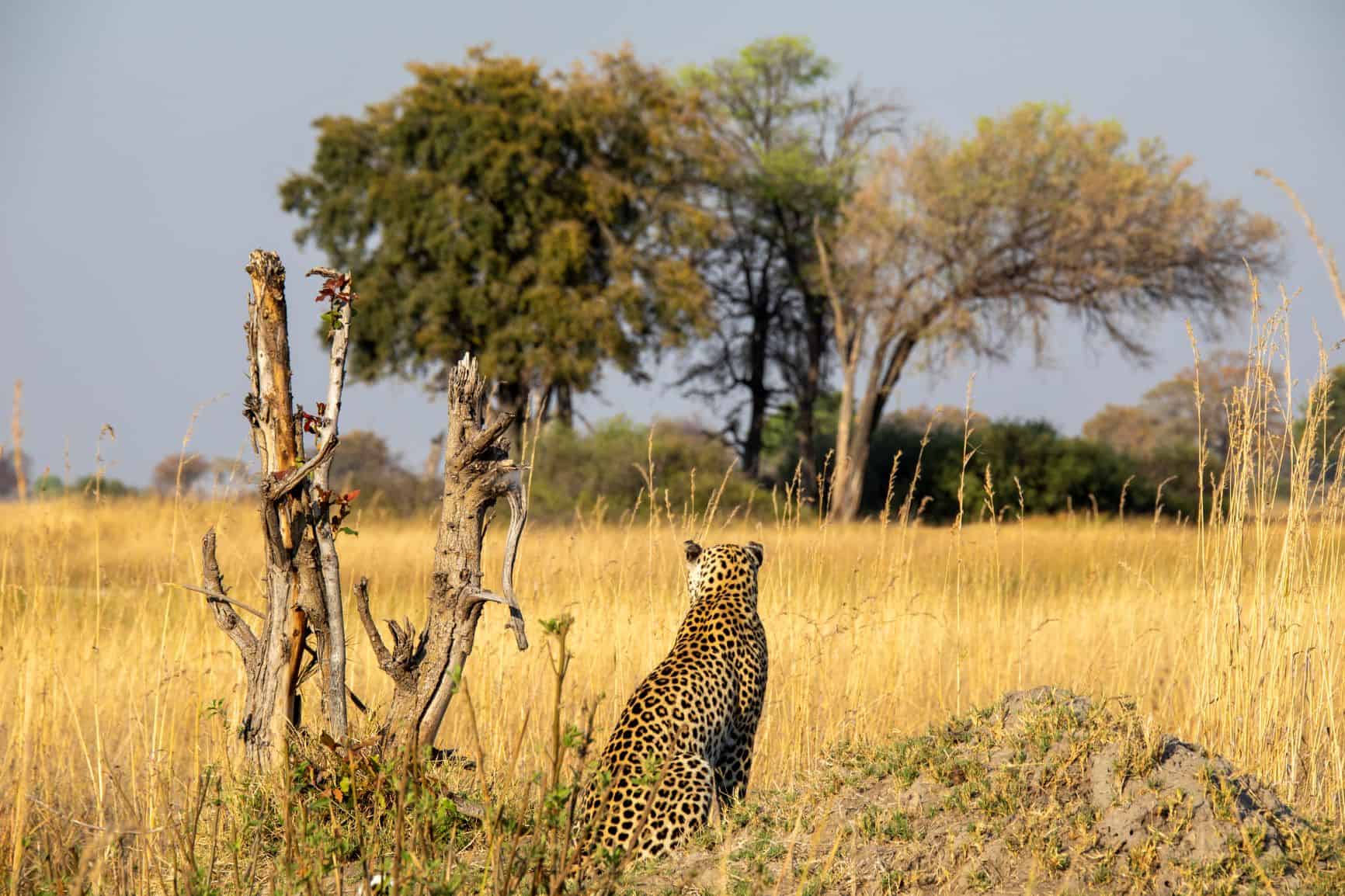
3. The African Leopard
One of the most elusive predators is this big cat that is largely solitary. Most photographs show that Leopards rest in trees. Not only does it mean comfort, it’s also a great way to avoid conflict with other large predators after stealing their food! Hunters can run up to 58 KM/H, making them deadly. Want to know the difference between a cheetah and a leopard? Check for facial streaks. Only cheetahs have facial stripes.Â
Spotted in: Botswana, Tanzania, Zimbabwe, Kenya, Zambia and South Africa
Spotted during: Any time of the year (if you look hard enough!)
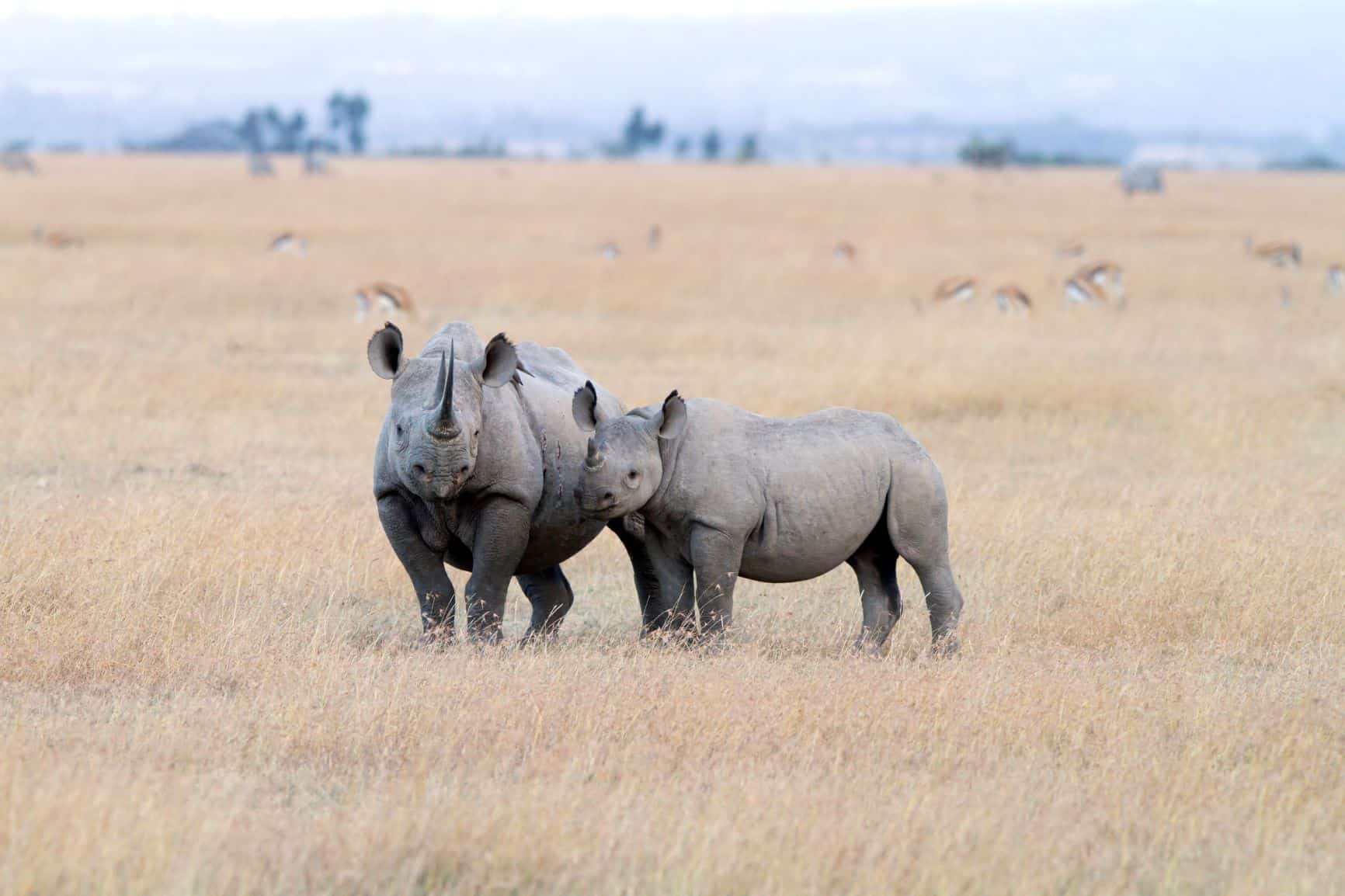
4. RhinocerosÂ
The white rhinos are the largest, weighing up to 3,500kg despite being vegetarian and largely consuming only grass and leaves. What we have in common is that their horns are made up of Keratin, the same protein that makes our hair and nails! Their eyesight isn’t that good. Most Rhinos can’t see past the distance of 30M and rely heavily on their sense of smell. Sometimes they like to roll themselves in mud, not for spas but for a protective layer to keep them cool, prevent bites from all sorts of pests and to get rid of parasites.Â
Spotted in: South Africa, Namibia, Zimbabwe and Kenya
Spotted during: November to February with a mild climate
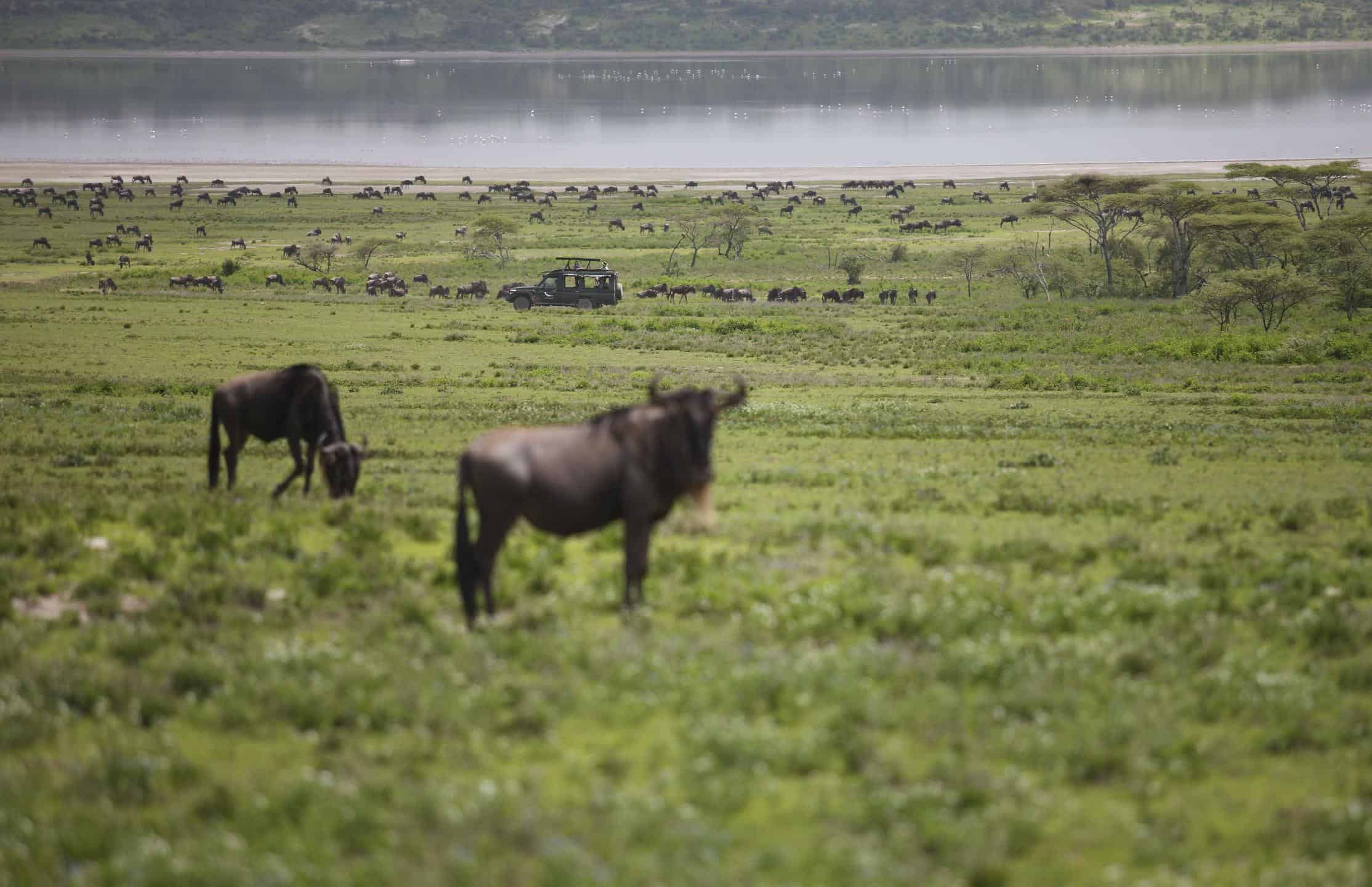
5. Cape buffalo
Like the rhino, the Cape Buffalo is enormous despite the fact that they only eat grass. One of the most dangerous animals on the Safari, they can maul lions and fend off predators with their feisty horns. They are certainly not easy to tame and thus have never been domesticated. They also share something in common with the rhino – their love for mud! They too, use the mud to ward off ticks and other pests that latch onto them during the day.Â
Spotted in: South Africa, Namibia, Uganda and Kenya
Spotted during: June to October in the dry season
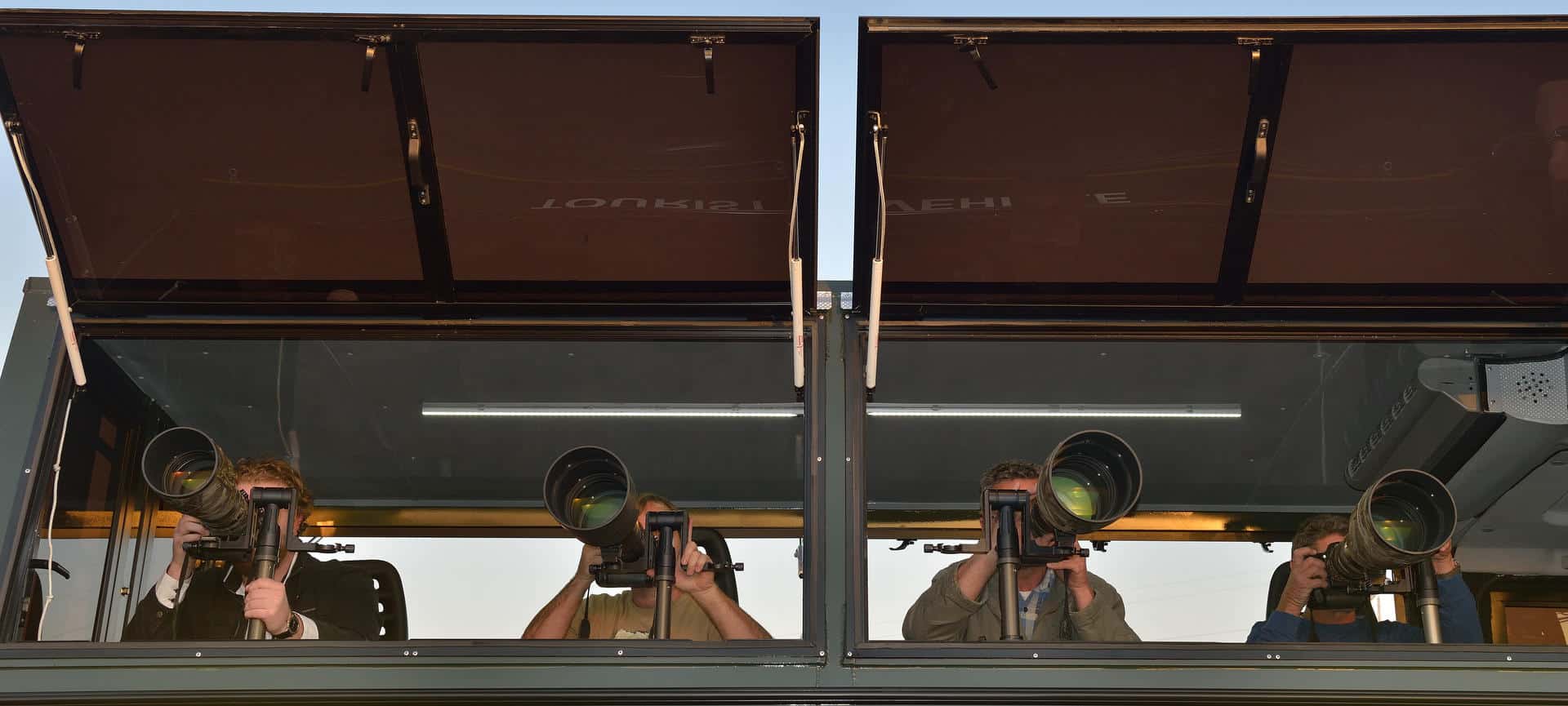
Intriq’s Favourites
Beside the big and the bad, there are plenty more interesting animals to see here at the Safari. Here are some of our favourites:
Zebra
Ready to be dazzled? That’s exactly what a herd of zebras is called due to their distinctive pattern. Scientists have now proven that they are in fact black animals with white stripes, you can keep that in mind now! Being close relatives to the Donkey and Horse, it’s a wonder why we never tamed the Zebra. Their personalities are probably to blame: constantly looking for ways to escape, being super headstrong when it comes to training, and their constant urge to run away. This is perhaps because of their protection mechanism against predators in the wild, making them hard to tame, and often rebellious.Â
Spotted in: South Africa, Namibia, and Kenya
Spotted during: July to October during Migration
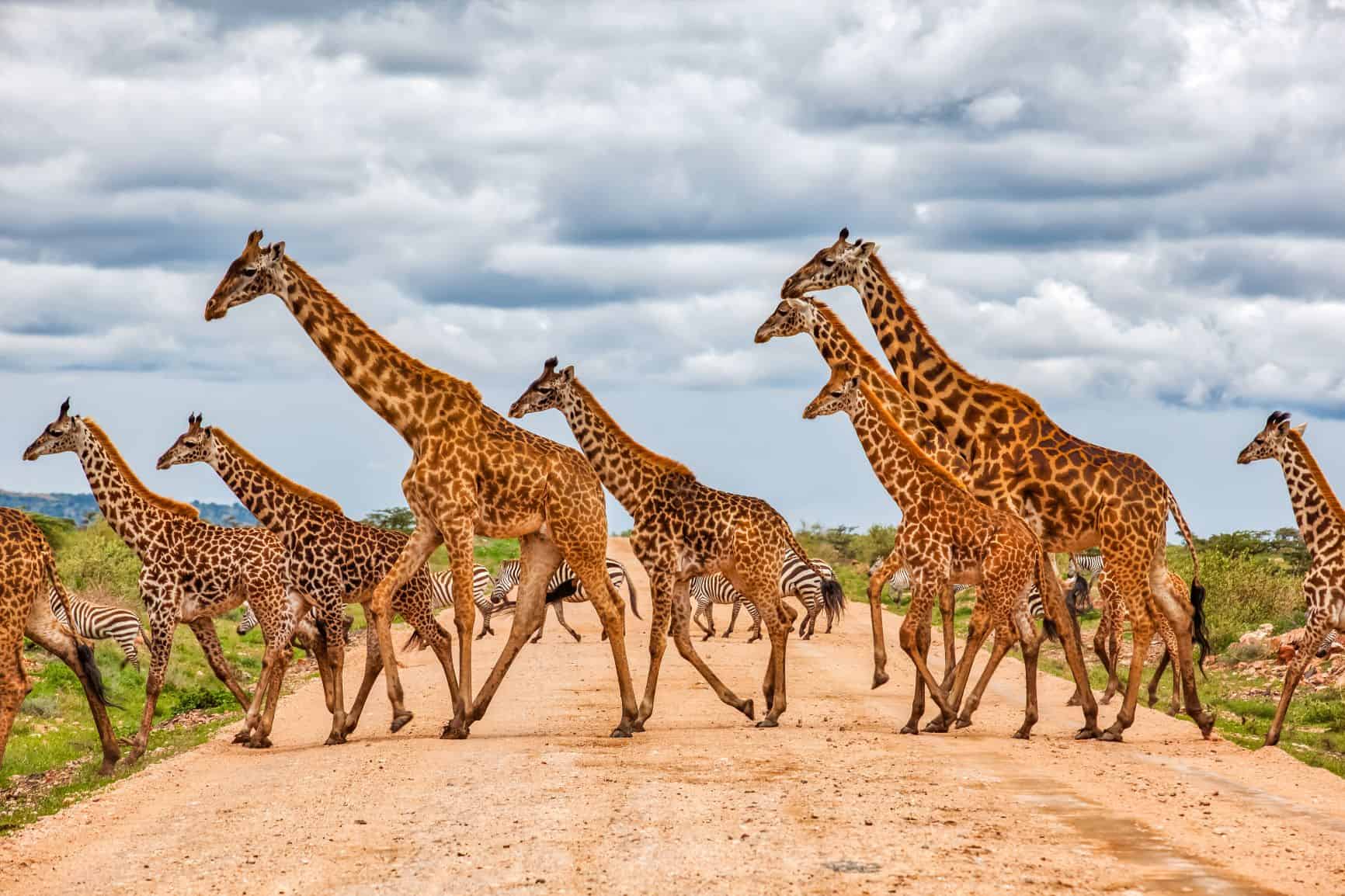
Giraffe
The tallest mammals on Earth, Giraffes are often seen standing up. They take things almost to the extreme, not only do they never sit down, they even give birth standing up. Another extreme is that they don’t sleep that much, on average a Giraffe only needs 5 to 30 minutes of sleep in 24 hours! Can’t tell if we’re jealous or horrified. Their unique patterns are like our fingerprint, no two giraffes have the same pattern. See this amazing pattern with your own eyes, look up and see how far their necks go!
Spotted in: South Africa, Namibia, Niger, and Kenya
Spotted during: April to September
Warthog
Unlike Pumba from Lion King, Warthogs don’t actually eat bugs. They are completely herbivorous and though look ferocious are quite adaptable and aren’t fighters unless during mating season. Fun fact: they can live up to months without water in the dry season, all they need is the water from the grass they eat!Â
Spotted in: South Africa, Ethiopia, and Kenya
Spotted during: April to September
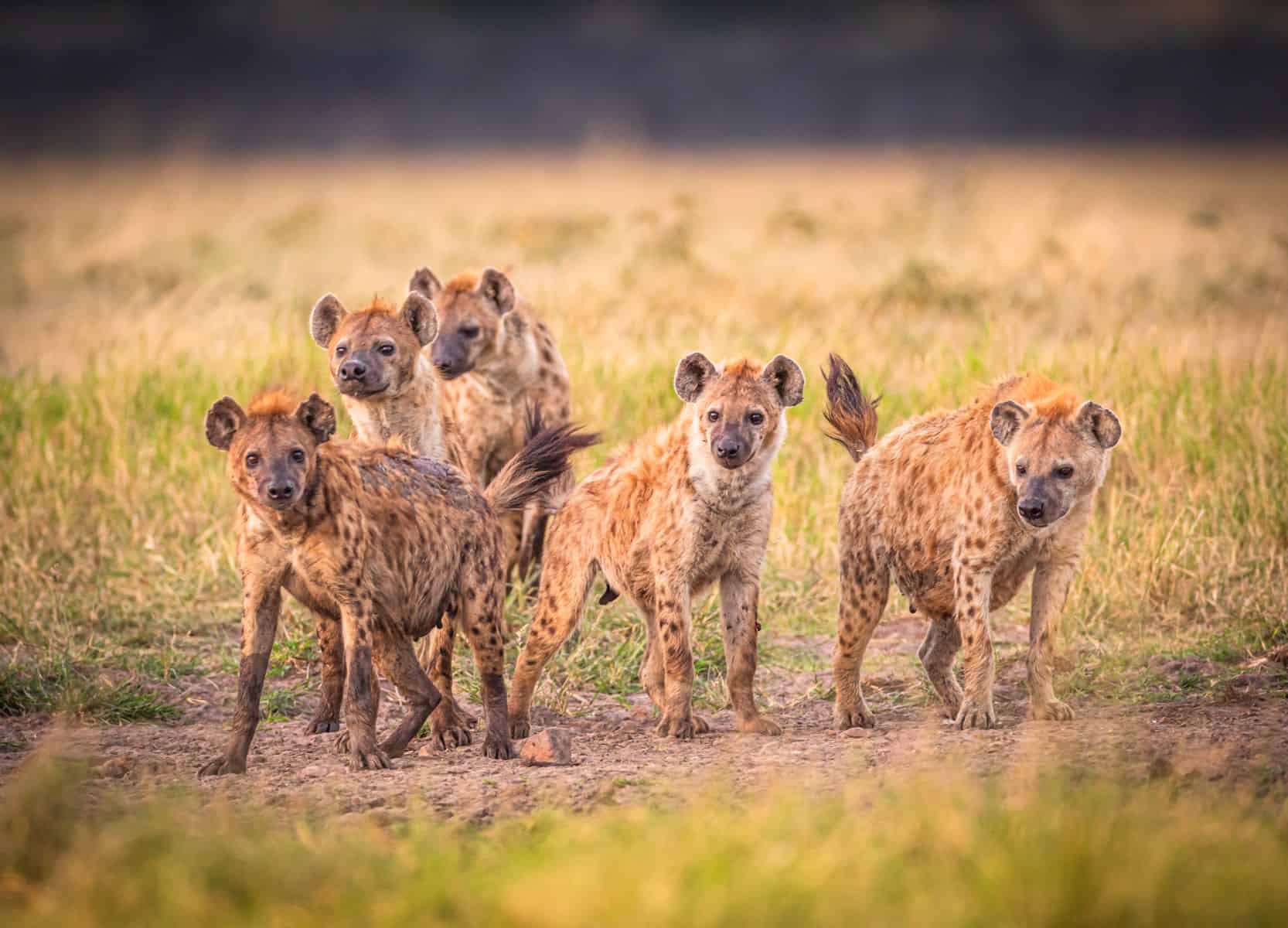
Hyena
Hyenas, the notorious scavengers of the Safari, known as thieves for other predator’s hard work. FALSE! They actually hunt up to 90% of their own food, and they are very capable hunters. Hyenas are also very long-living, unlike feral cats and dogs, they can live up to 20 years old in the wild. The record-breaking old hyena lived up to 41 years in captivity!Â
Spotted in: Kalahari and Namibia
Spotted during: Year-round (if you’re lucky!)
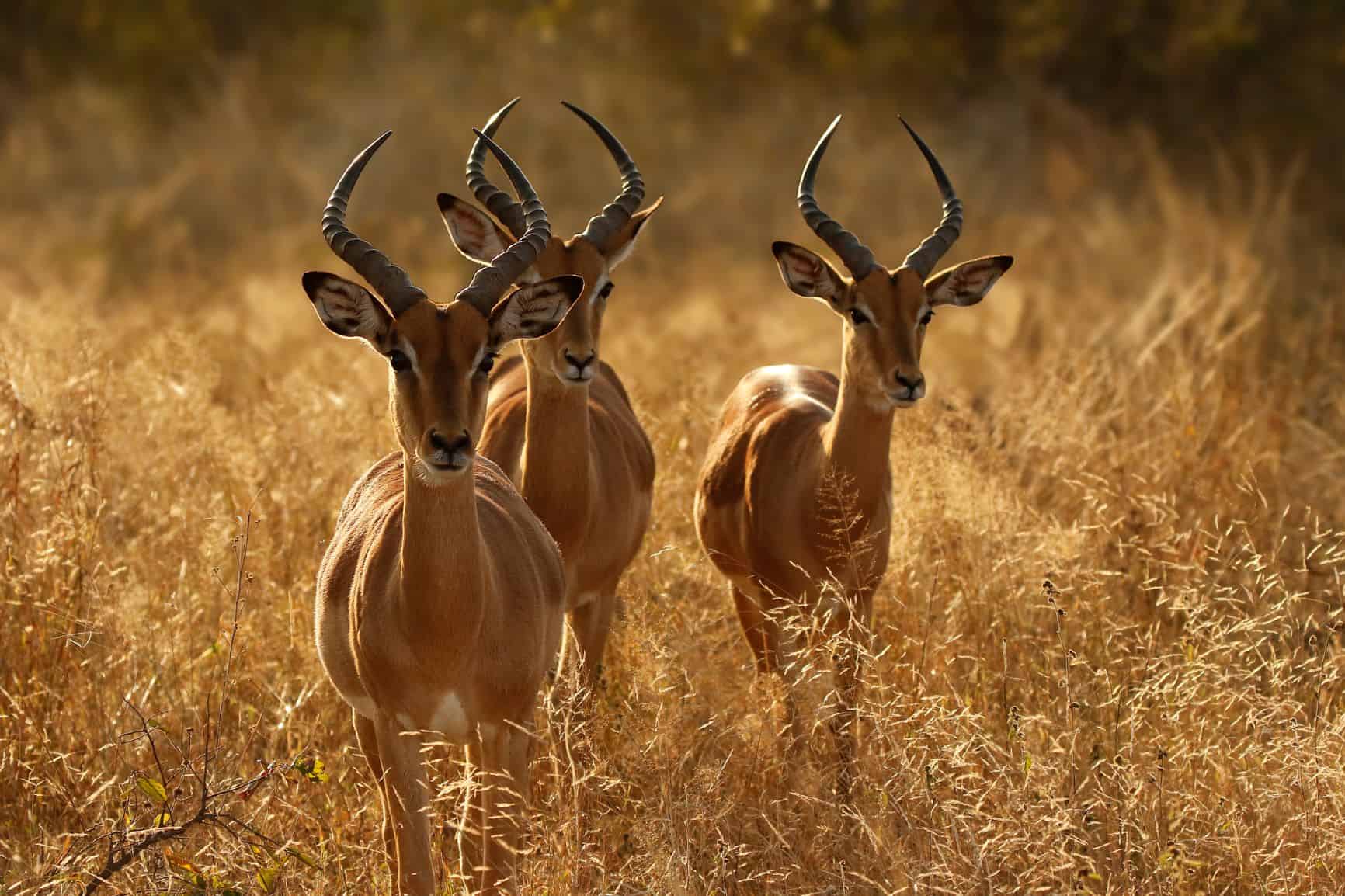
Impala
Often seen chased around by the Cheetah or other predators, the impala is a nimble and quick animal that can jump three times its height in a single bound. They have excellent agility, allowing them to live in the harsh Safari and run away from other fast-footed predators. The best way to run away is to dodge left and right, using agility as their edge!
Spotted in: South Africa, Namibia, Uganda and Kenya
Spotted during: May, during mating season
Secretary bird
These birds look more like raptors, standing nearly 1.5M tall among the shrubs and grasslands, but that’s the highest they go. Secretary birds rarely fly, contrary to other birds, they are one of the rare breeds that actually hunt on foot. A mix of rodents, amphibians and reptiles are great for their diet. What’s also special about this bird is that they mate for life. Usually they return to the same nest every year with the same partner, adding to it season after season.Â
Spotted in: Botswana, South Africa, Namibia, Zimbabwe and Zambia
Spotted during: Year-round (They mate year-round too!)
Ready to roll? Let us know just what you want to see, we’re more than happy to drive you along the edges of the Safari and get real close to all these amazing wildlife. Whether you’re a herbivore like the Rhinos, a carnivore like the big cat, you’ll be able to feel a part of nature in this bumpy ride.
START PLANNING YOUR PERSONALISED JOURNEY NOW
Call us at +852 28852181/tel] or email us at enquiry@intriqjourney.com to start planning for a holiday that is completely tailored to your preferences.
Contact Us